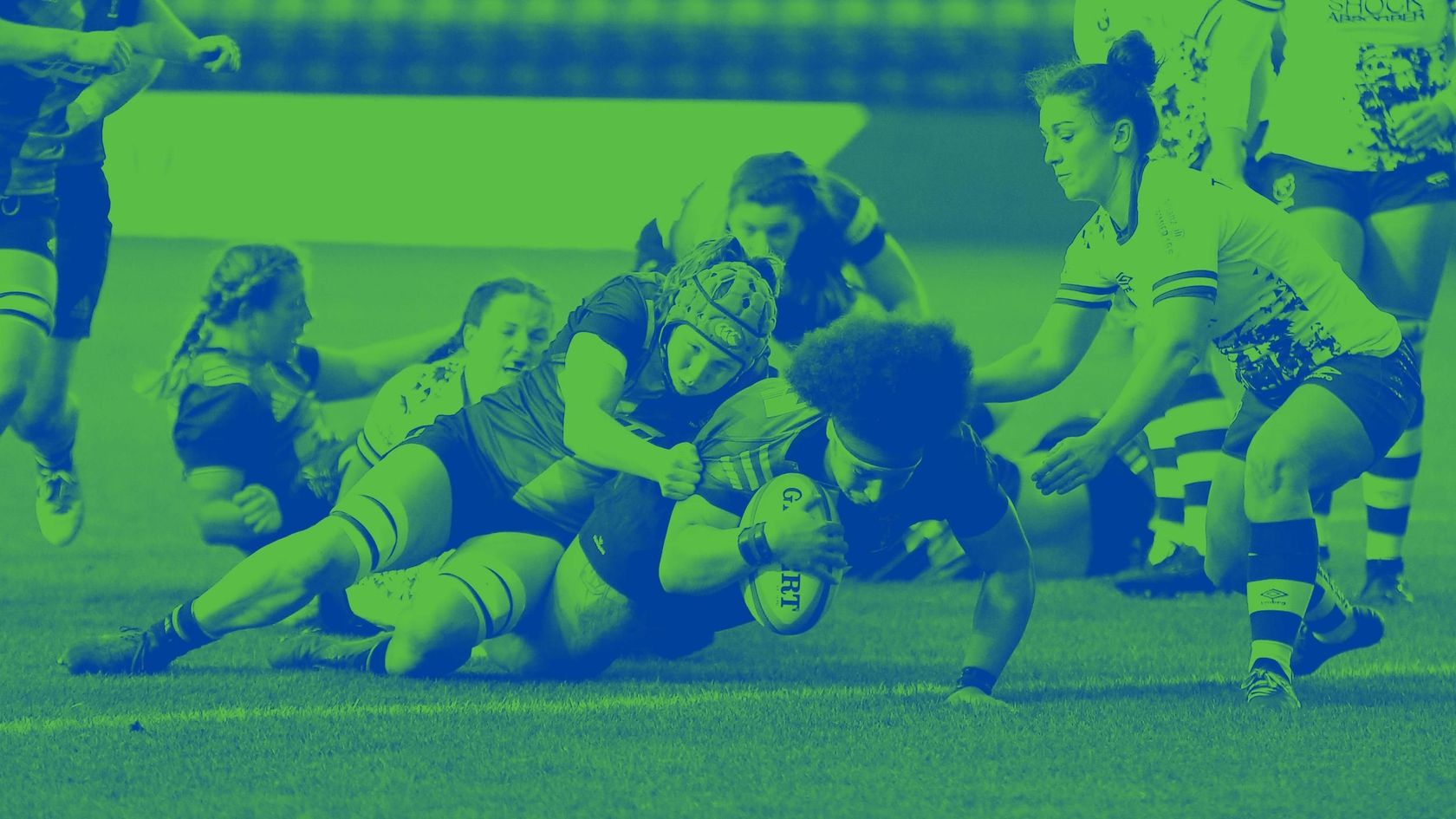Artificial Turf Maintenance
Maintenance is an essential part of owning an artificial turf surface. Maintenance has been shown to significantly increase the life of a carpet as it:
- Maintains the safety and welfare of those playing on the surface
- Ensures the longevity of the playing surface
- Maintains the playing performance of the surface
- Maintains the aesthetics of the field itself.
Maintenance of an artificial surface is the responsibility of the owner.
The amount of maintenance required will depend on the usage levels of the field.
Manufacturers will provide specialist maintenance equipment as part of a tender, where requested, however, there are numerous inexpensive maintenance equipment options on the market.
Maintenance advice will usually be given as part of the installation of a surface. Below is a rough guide to the amount of maintenance that should be performed on a field. This is not intended to be suited to all fields and the manufacturer is best placed to advise on the best approach to their product. You will note that the times given are based on usage hours as the maintenance requirement will change depending on the amount of use a field gets:
- Every 40 playing hours (weekly)
- remove debris
- brushing, checking seams
- checking equipment (goals, corner flags)
- Every 160 playing hours (monthly)
- ball rebound test checks for compaction
- ball roll test checks for fibre position (should be upright)
- check infill depth
- Every 2,000 playing hours (annually)
- service the maintenance equipment
- decompaction
- check drains
- check watering system
- Depending on the condition of the surface these techniques may be required more frequently than suggested above
Regular watering is also an important aspect of proper maintenance, where practicable. Watering is central to facilitating the break-up of surface tension on a new field, reducing skin abrasions for players and slowing down the heat development that can build up on the artificial surface.




